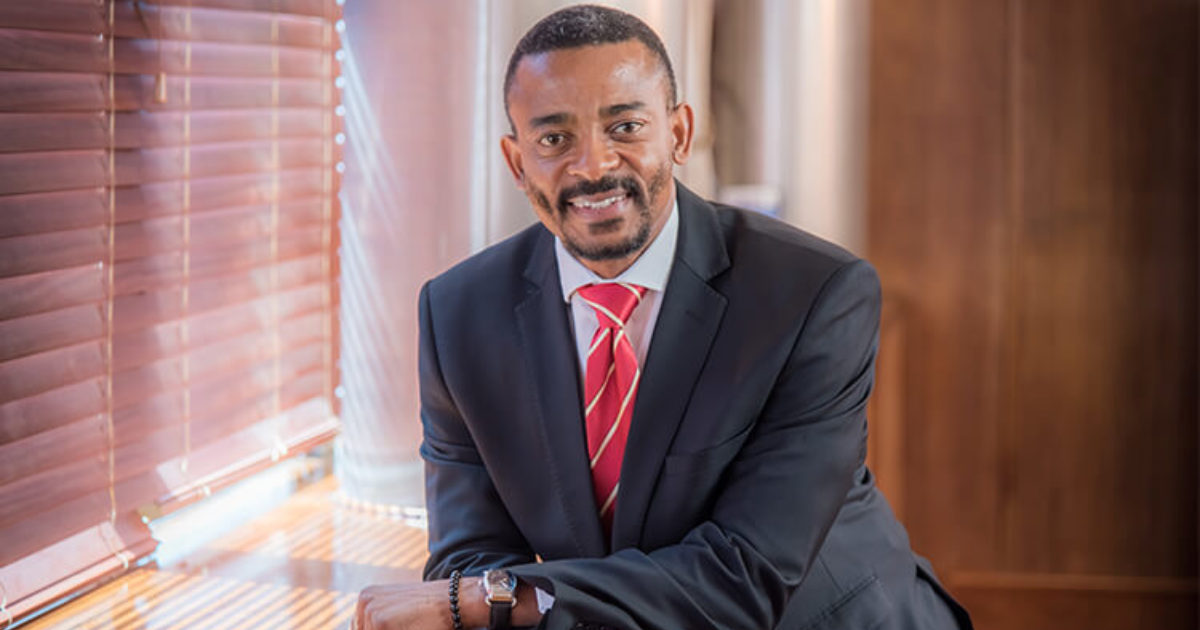By Exxaro Executive Head of Stakeholder Affairs, Mzila Mthenjane
Exxaro has been breaking ground in the community since the early 2000s, and it’s been an exciting journey, to say the least. Today, we operate in Grootegeluk, Mafube, Leeuwpan, Matla, Dorstfontein Complex and Forzando Complex; with Mpumalanga, Limpopo and the surrounding regions being at the epicentre of the local coal mining industry for decades.
However impressive our footprint in the mining industry, we as a company have realised the value of adapting to the ever-changing environment. Before we can truly embrace the future of mining and the part Exxaro has to play, we first need to understand and reflect on the history of the South African mining industry as a whole.
Mining in South Africa
Surprisingly, mining has only really been around for the past 150 years. It came about when Erasmus Jacobs discovered a diamond on the banks of the Orange River in 1867, followed by the Kimberly pipes and the gold rushes to Barberton and Pilgrim’s Rest. However, the biggest discovery was made in 1886, which hailed the Witwatersrand Gold Rush.
The demand for resources grew exponentially as the country entered a period of industrialisation, followed by World War II. This led to the establishment of power stations, essentially setting South Africa up for an industrial future and sparking interest in the export market.
Following the 1994 democratic election, mining ownership was increasingly transferred to historically disadvantaged South Africans, and, in many cases, exceeded the 26% black-ownership level specified by the 2014 Mining Charter.
Today, mining still plays a significant role in the economy of our nation and remains a key employer in the country. According to the Minerals Council South Africa report released in 2018, the sector contributed R350.8 billion (nominal) or 7.3% to the gross domestic product (GDP) in 2018.
The report continues to state that the employment rate in this sector represents 6.2% and 4% of total private non-agricultural employment and total non-agricultural employment, respectively. While experiencing a 1.6% decline from the previous year, the mining industry maintained 456 438 jobs in 2018, contributing to R126 billion in employee earnings.
We fully support community development through empowering and upskilling those living in the areas we operate in. Realising our responsibility to these communities, Exxaro, along with other South African mines, contributed towards the R7 million spent on skills development and R2 billion spent on community development across South Africa.
Supporting the respective provincial economies goes beyond employment; social infrastructure and provincial obligations such as the development of clinics and schools form part of improving the quality of life in these communities.
The Future of Mining in South Africa
These figures show massive potential for the future of the mining industry. For one, it creates opportunities to rekindle growth and job-creation, empowering those in the nearby communities with technical skills founded firmly on its principal fossil-fuel resource.
Secondly, it suggests that investments in the mining sector will become critical to accelerating development and growth in South Africa’s broader economy. Typically, the life of a mine can extend to 30 years or more, making it an important driver for long-term investment.
The mining industry, however, does have a few looming challenges. To endure these, businesses need to restore their competitiveness and growth. This starts with redefining the socio-economic role of mines as a catalyst for broader development in the communities it operates in. Another solution is to start incorporating new technology to encourage a productivity revolution.
Product revolution centres around four main factors: strengthening organisational health, enabling the frontline with technology, increasing performance through data and improving operational productivity.
Taking a hard look at the current stance of the industry, Exxaro decided to ride the wave of the fourth industrial revolution, to take advantage of the latest technologies available. By incorporating artificial intelligence (AI), robotics, blockchain, nanotechnology and gamification into business practices, we set the benchmark for digitalisation in South Africa.
Digitalisation is not just a buzz word for Exxaro. It’s fast becoming part of our culture. Everyone at Exxaro, I mean everyone, is buying into the idea that we need to relearn, then unlearn, then relearn again as we transform digitally.
It’s with this mindset that we’ve re-engineered Exxaro’s value chain and implemented integrated operation centres, in the hopes of moving closer to predictive insights. We are innovating and transforming because we see opportunities that can yield even more benefits in the mining industry.
A first for the South African mining industry, Exxaro now follows a ‘digital twin’ approach which uses a virtual replica of physical assets to analyse data and monitor systems. This has yielded countless benefits covering all operations and assets. Assets are digitally enabled and available with sensors enabling us to make a greater move towards the fourth industrial revolution. With the help of this digital twin technology, Exxaro is aiming for real-time data from pit to port, enhanced productivity and safety, as well as a competitive edge.
While integrating advanced technologies is a significant focus of development, the mine is still sticking to innovations and equipment that are fit to produce coal to the larger South Africa and abroad.
The mining industry continues to make great strides in positively impacting the broader South African economy, and we like to believe that Exxaro is among those making a difference. Currently, we're listed in the top five mining companies, contributing to 85% of the country’s coal production.
While the industry faces great challenges from various influences, the key to remaining relevant is to incorporate emerging technologies into business operations and place emphasis on socio-economic reformation. Both of which are already a part of our strategy to power better lives in Africa and beyond.
